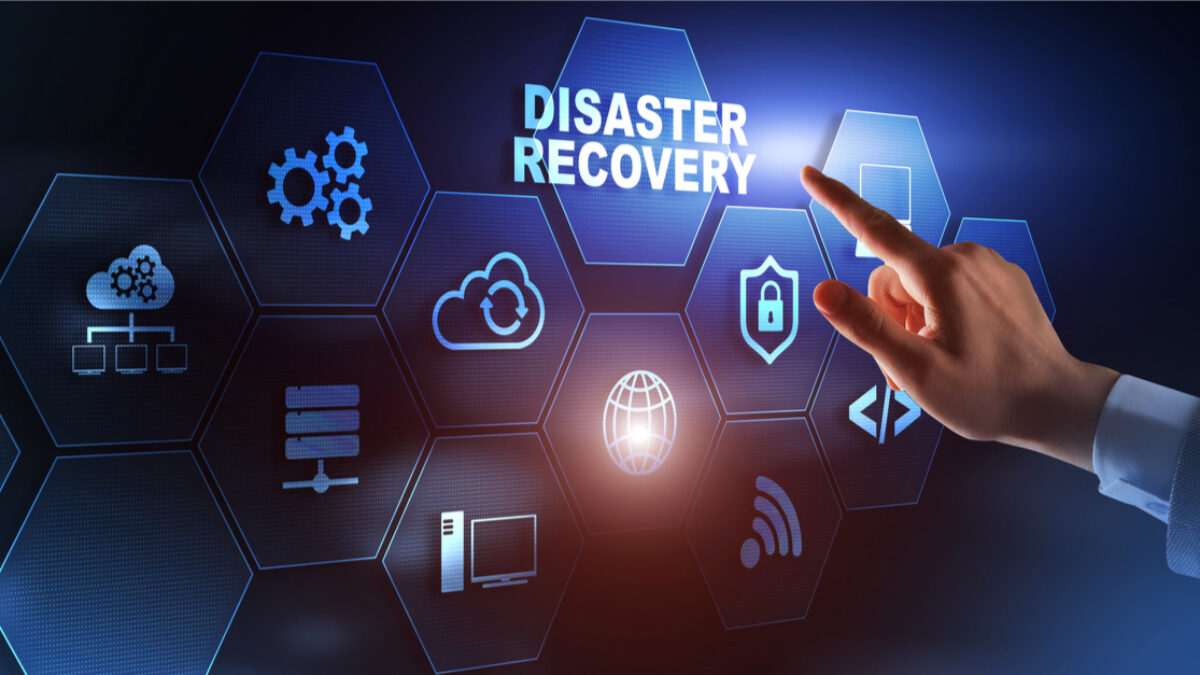In a world where data breaches, power failures, and unexpected outages can strike without warning, disaster recovery is no longer just an IT concern—it’s a business essential. For Hitchin firms in 2025, staying prepared isn’t just about bouncing back. It’s about survival, reputation, and keeping things running when everything else seems to fall apart.
Disaster recovery might sound like something only large corporations worry about. But even the smallest businesses in Hitchin rely heavily on technology to operate. From emails and invoices to cloud storage and customer service platforms, one unexpected disruption can cause more damage than many realise.
Let’s walk through the five must-haves every Hitchin business needs in place to stay protected and recover fast when disaster strikes.
Build a Clear, Tested Disaster Recovery Plan
It all starts with having a plan—and not just one stored in a dusty folder somewhere. A strong disaster recovery strategy outlines exactly what to do when your systems go down, data gets lost, or hardware fails.
This plan should cover who’s responsible, what gets prioritised, how backups are restored, and how communication happens both internally and externally. But a plan that just sits there isn’t good enough. Regular testing ensures it actually works under pressure. Without real-world simulations, you’ll never know where the gaps are until it’s too late.
In 2025, more Hitchin firms are building live-play scenarios into their planning to sharpen response times and train their teams.
Keep Reliable and Regular Data Backups
Backing up data is a no-brainer—but it’s surprising how many businesses forget to test their backups or automate them. In the middle of a crisis, realising that yesterday’s work is gone forever can be a nightmare.
The key is to keep backups frequent, automatic, and stored in multiple places—both on-site and in the cloud. That way, even if one system gets hit, your data is still safe and recoverable.
For Hitchin firms handling customer information, financial records, or day-to-day digital operations, this isn’t optional. It’s one of the simplest yet most critical disaster recovery steps you can take.
Invest in Scalable Cloud Solutions
In 2025, cloud technology is more than a convenience—it’s a resilience tool. When your systems live in the cloud, they’re accessible from anywhere, even if your main office goes offline. That flexibility means your team can keep working from home, another location, or even their phones while your primary infrastructure is restored.
Cloud platforms also offer built-in redundancies and security features that keep things running behind the scenes. So while physical servers might be vulnerable to flooding or power cuts, your cloud data stays safe and accessible.
For Hitchin firms looking to scale without increasing physical infrastructure, the cloud is a reliable safety net that can make disaster recovery faster and simpler.
Train Your Team to Respond Effectively
Technology can only do so much. When disaster strikes, it’s people who take the first action. That’s why every team member should know exactly what to do, who to contact, and how to operate in the middle of a crisis.
Staff training doesn’t have to be formal or lengthy, but it should be consistent. Run short sessions, create checklists, and make sure everyone—from admin to management—understands the steps to protect systems and stay safe.
In Hitchin, where many small businesses run lean teams, having well-trained employees means less confusion, faster decisions, and quicker recovery.
Secure Your Systems Against Threats Before They Hit
Sometimes disaster doesn’t come from natural causes—it comes from cyber threats. A ransomware attack, a phishing scam, or even a rogue employee can cause as much damage as a power outage.
That’s why proactive cybersecurity measures go hand in hand with disaster recovery. Firewalls, strong passwords, regular updates, and security monitoring all reduce the chances of needing to recover in the first place.
Adding multi-factor authentication, encrypted backups, and endpoint protection can shield your firm from the most common risks faced by Hitchin businesses today. And if something does slip through, your recovery plan kicks in as a second layer of defense.
The New Normal: Always Be Ready
Disaster recovery used to be something you hoped you’d never need. Now, it’s a constant part of doing business. The firms that plan ahead, train their teams, and embrace secure, cloud-based systems are the ones bouncing back stronger every time.
Hitchin may be a town full of innovation and ambition, but it’s not immune to the digital curveballs the world throws. So whether you’re managing a small agency, retail business, or growing startup, having a solid recovery approach isn’t just smart—it’s essential.
Conclusion
In 2025, the unexpected is part of the landscape. A rock-solid disaster recovery plan, backed by smart systems and trained people, isn’t just a backup—it’s your business safety net. From power cuts to cyberattacks, how quickly and smoothly you respond can define your success.
Ready to prepare your Hitchin firm for anything the year throws your way? Explore tailored recovery strategies and future-ready IT support at Freshstance. Because peace of mind isn’t just nice to have—it’s your edge.
FAQs
Why is disaster recovery so important in 2025?
With tech playing a larger role in daily operations, even short disruptions can cause major setbacks without a proper recovery plan.
How often should Hitchin businesses test their recovery plans?
Ideally, every six months. Frequent testing helps identify weaknesses and ensures teams stay ready.
Can small businesses afford disaster recovery solutions?
Yes. Scalable cloud options and simple automated backups make it affordable even for smaller Hitchin firms.
What’s the difference between backup and disaster recovery?
Backups save your data. Disaster recovery includes how you restore that data, resume work, and protect your systems during a crisis.
What if my staff is remote?
Cloud-based systems and remote access tools let your team continue working even if your physical office is affected.
Does cybercrime count as a disaster?
Absolutely. Ransomware, phishing attacks, and data theft can all trigger the need for disaster recovery.
Is cloud storage enough for data recovery?
Cloud storage helps, but having a structured recovery plan with timelines, responsibilities, and fallback options is also essential.
How do I know if my business is prepared?
Run a mock disaster scenario and see how your systems and staff respond. If there’s confusion or delays, there’s room to improve.
Should disaster recovery be handled in-house or outsourced?
That depends on your team’s expertise. Many Hitchin firms outsource parts of it for better support and faster response.
Can disaster recovery give my firm a competitive edge?
Yes. Being able to recover quickly keeps customers happy, avoids revenue loss, and builds trust—things your competitors might lack.






